Website Development Terminology You Need To Know
When it comes to website development, there is a lot of terminology that can be confusing for those who are not familiar with it. In this article, we will go over some of the most common terms and what they mean. This will help you better understand what is going on during the development process and ask the right questions when working with a developer.
Website Terms
Accessibility
Accessibility refers to how easy it is for people with disabilities to use a website. This includes things like adding alt text to images and using descriptive links.
Alt Tag
Alt tags are used to describe images for people who are visually impaired. This helps them understand what is on the page.
Backend
The backend is the part of a website that is not visible to the user. This includes the server-side scripting and databases.
Bounce Rate
The percentage of people who leave a website immediately after viewing only one page is known as the bounce rate. A high bounce rate can be an indication that something is wrong with the site.
Browser
A browser is a software application that allows people to access the internet. For example: Google Chrome, Mozilla Firefox, and Microsoft Edge are the most popular web browsers.
Call-To-Action (CTA)
A call-to-action (CTA) is a text or image that encourages people to take a desired action. Whether you're thinking about directing people to sign up for a mailing list or purchase a product, this are both considered call-to-actions.
Code
Code is the set of instructions that a computer reads in order to perform a task.
Content Management System (CMS)
A content management system (CMS) is a platform that allows you to easily create, edit, and publish content on your website. WordPress is a popular example of a CMS.
CSS
CSS (Cascading Style Sheets) is a code that controls the look and feel of a website.
Domain Authority
Domain authority is a measure of how well a website will rank in the search engines. It is based on factors like age, popularity, and link equity.
Domain Name
The domain name is the website's address. It is what people type into a web browser to find your site.
Favicon
A favicon is a small image that is displayed next to the title of a website. This helps people find your site in their browser tabs.
Frontend
The frontend is the part of a website that is visible to the user. This includes the design and layout of the site.
Google Analytics
Google Analytics is a free analytics service that lets you track the number of visitors to your website. This includes things like how people found your site and what they did while they were there.
HTML
HTML (HyperText Markup Language) is the code that structures a web page.
JavaScript
JavaScript is a programming language that can be used to add interactivity to a website.
Keywords
The words and phrases that individuals use to look for things on the internet are known as keywords. Choosing the right keywords is important for SEO.
Landing Page
When a user visits your site, the first page that they see is called the landing page. This is usually the page that you want them to take an action on.
Meta Tag
A meta tag is an HTML markup that provides information about a website. This includes the page title, description, and keywords.
Navigation
Navigation is how people move around a website. This includes things like menus and links.
Page Speed
The speed at which a website loads is known as page speed. This is important for both the user experience and SEO.
Plugins
Plugins are small pieces of code that add functionality to a website. WordPress plugins are a good example of this.
Responsive Design
Responsive design is a type of web design that makes a website look good on all devices, from mobile phones to desktop computers.
Search Engine
A search engine is a software application that allows people to find information on the internet. Need examples of search engines? Think Google and Bing.
Search Engine Optimization (SEO)
The goal of search engine optimization (SEO) is to improve the visibility of your website in search engines. This includes things like choosing the right keywords and making sure your site is easy to navigate.
Sitemap
A sitemap is a file that contains a list of all the website's pages. This helps the search engines find and index your site.
User Experience (UX)
User experience (UX) is how easy it is for a user to interact with and navigate a website. A good UX will make it easy for users to find what they are looking for and take the desired action.
Web Hosting
Web hosting is the service that stores your website's files on a server. This allows people to access your site online.
Website Design
Website design is the process of creating the look and feel of a website. This includes the layout, colors, fonts, and overall aesthetic.
Web Development
The process of creating the functionality of a website is known as web development. This includes things like programming, databases, and server-side scripting.
So Now You Know Your Terms!
Those are just a few of the most common terms you'll come across when working on a website development project. By understanding what they mean, you'll be able to better communicate with your developer and make sure your project is on track.

